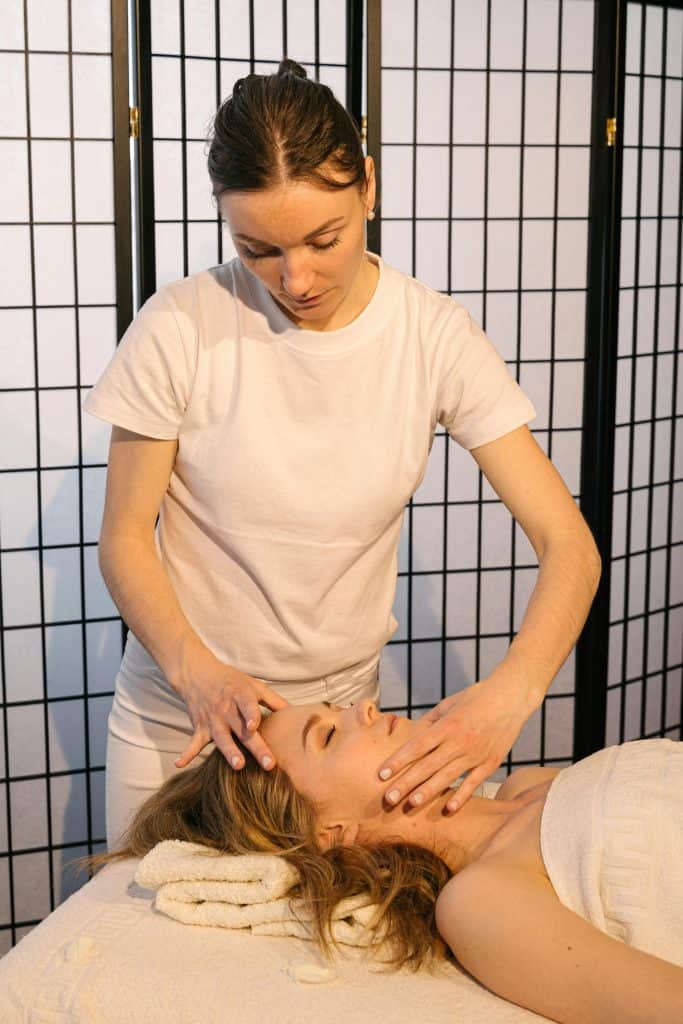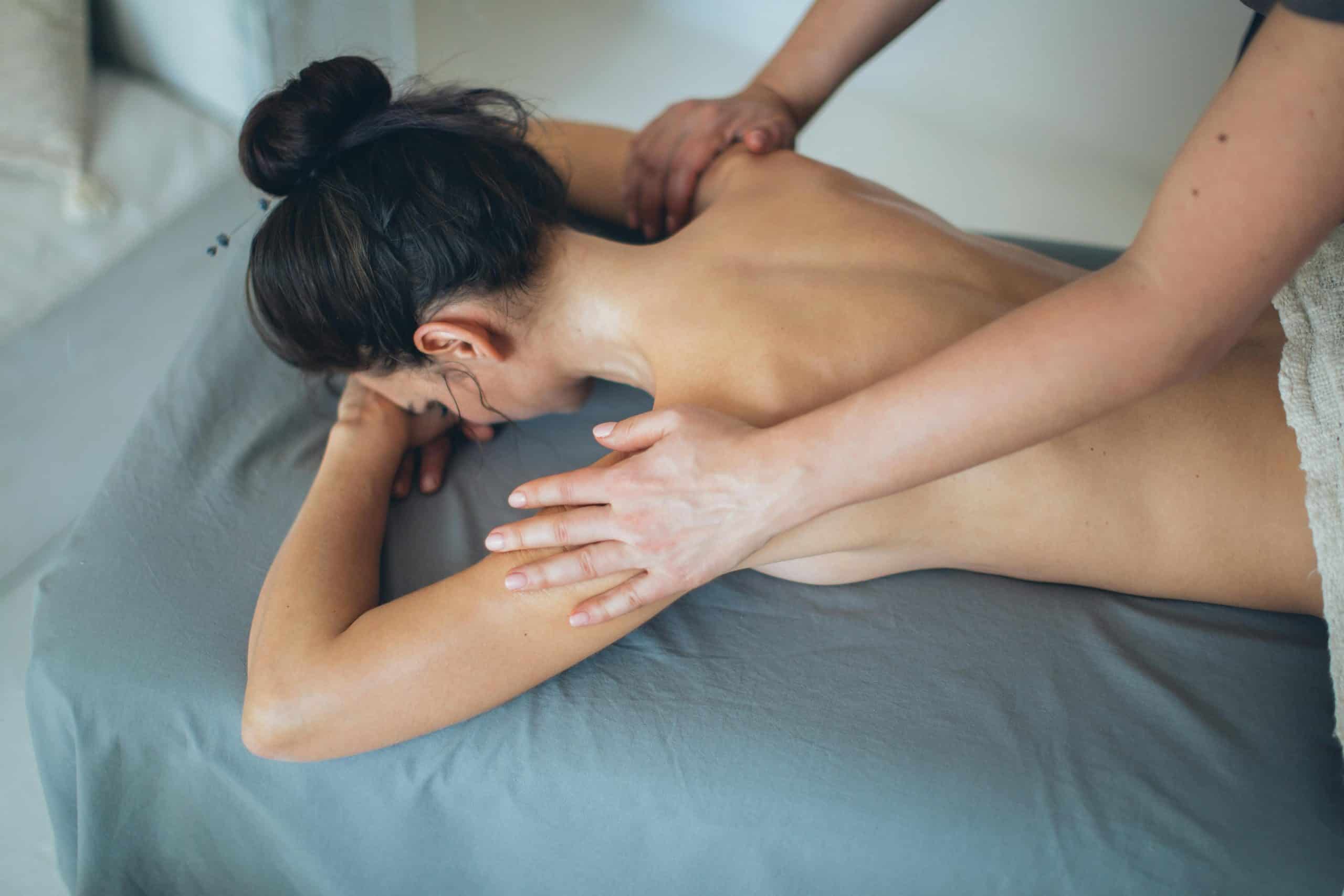Introduction
In a world that never slows down, stress has become a constant background noise. Whether it’s work, relationships, finances or simply information overload, many people live in a near-constant state of fight or flight.
Massage therapy offers more than just a “nice feeling.” It engages the nervous system, endocrine system, and muscular system—triggering physical responses that reduce stress on a chemical level.
With mobile platforms like Zen Hut, it’s easier than ever to integrate this powerful tool into your lifestyle—no spa visits, no commuting, just pure therapeutic benefit where and when you need it most.
What Happens to Your Body Under Stress
When you experience stress—whether emotional or physical—your body shifts into a sympathetic nervous system response, commonly known as “fight or flight.”
Effects of this response include:
Elevated heart rate
Shallow, rapid breathing
Tight, contracted muscles
Increased levels of cortisol (the stress hormone)
Suppressed digestion and immune function
Over time, this response becomes chronic and damaging. Headaches, insomnia, digestive issues, anxiety, fatigue, and even pain disorders can result.
💡 Massage works by flipping the switch—from sympathetic (stress) to parasympathetic (rest).

How Massage Activates the Parasympathetic Nervous System
Massage therapy stimulates sensory receptors in the skin and muscles that send signals to the brain. These signals promote the release of calming chemicals and activate the parasympathetic nervous system (PNS)—the body’s natural “rest and digest” mode.
Massage triggers:
✔ Lowered heart rate and blood pressure
✔ Slower breathing
✔ Increased digestive activity
✔ Relaxation of the muscles
✔ A sense of safety and calm
This shift to parasympathetic dominance is the foundation of stress relief.
Hormonal Shifts: Cortisol, Serotonin, and Dopamine
Massage therapy doesn’t just feel good—it changes your chemistry.
🔻 Reduces Cortisol
Cortisol is the primary hormone associated with stress. Studies show that massage can reduce cortisol levels by up to 30% after a single session.
🔼 Boosts Serotonin
Serotonin stabilises mood, promotes relaxation, and contributes to better sleep and emotional balance. Massage increases serotonin production naturally.
🔼 Increases Dopamine
Dopamine is associated with motivation, pleasure, and reward. The rise in dopamine post-massage creates a lasting “feel-good” effect.
💡 These hormonal changes are part of why massage can feel both emotionally uplifting and physically grounding.
Physical Tension and Its Link to Mental Stress
The body holds stress physically—especially in the neck, shoulders, back, and jaw. When these areas remain tight, it reinforces a feedback loop of stress.
Massage breaks this loop by:
Softening contracted muscles
Restoring blood flow to tense areas
Releasing built-up adhesions and trigger points
Allowing the body to “drop” into deeper rest
💡 As the body relaxes, the mind follows.

Massage and the Vagus Nerve
One of the key players in stress relief is the vagus nerve, the longest cranial nerve in the body and a key part of the parasympathetic system.
Massage stimulates the vagus nerve through:
✔ Touch and pressure receptors in the skin
✔ Deep, slow breathing encouraged during massage
✔ Activation of calming facial muscles and neck areas
When the vagus nerve is stimulated, it sends calming signals to the heart, lungs, and digestive system—lowering stress across your entire body.
The Mental Health Connection
Regular massage therapy is linked to:
Lower anxiety levels
Fewer symptoms of depression
Reduced symptoms of PTSD
Improved mood stability
Greater emotional resilience
Many clients describe massage as mentally clarifying and emotionally balancing, even after just one session.
💡 In fact, massage is now frequently recommended by therapists and mental health professionals as a supplemental wellness treatment.
Massage Styles That Promote Deep Relaxation
Not all massage is created equal when it comes to relaxation. While some styles are better suited for muscle recovery, others are specifically designed to calm the nervous system.
Top Relaxation Techniques:
✔ Classic Relaxing Massage
Long, gliding strokes and gentle pressure soothe both muscles and nerves. Ideal for stress relief and first-time clients.
✔ Lomi Lomi Massage
This traditional Hawaiian massage uses rhythmic, flowing motions that simulate ocean waves. It’s deeply meditative and nurturing.
✔ Thai Oil Massage
A fusion of light pressure and assisted stretching—promotes both physical release and emotional reset.
💡 At Zen Hut, you can choose your therapist based on style, availability, and even whether they bring a massage table or work on your mattress.
Final Thoughts
Stress is more than a mental issue—it’s a full-body condition.
Massage therapy is one of the few treatments that targets stress holistically, calming your mind, regulating your hormones, and easing physical tension all at once.
At Zen Hut, you can experience this science-backed relief on your terms:
✔ At home
✔ On your schedule
✔ With a therapist you choose
No clinics. No commuting. No stress.

Add Your Heading Text Here
Yes. Regular massage helps retrain the nervous system to spend more time in a relaxed state, improving your baseline stress response over time.
Most people feel immediate calm after a single session. With regular treatment, the benefits compound.
Massage is widely used to reduce anxiety symptoms. Many clients with GAD or high-functioning anxiety find it deeply grounding.
Drink water, avoid stimulation, and allow your body to stay in the relaxed state for as long as possible. Sleep often improves as well.
Even one massage per month can create noticeable changes. Weekly or biweekly sessions offer stronger, longer-lasting benefits.


